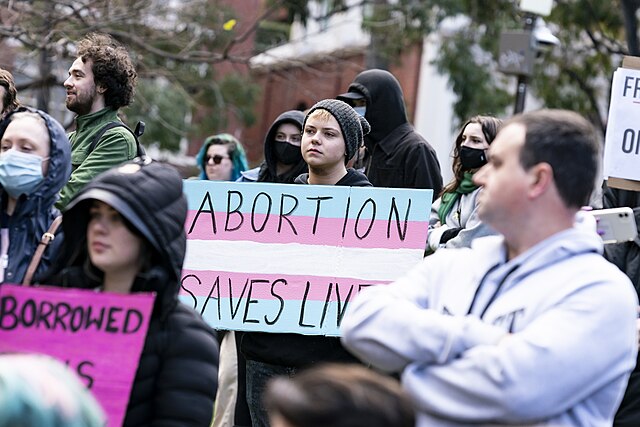Although the University of Maryland, Baltimore County is the home of the Retrievers, stray and feral cats are an increasingly common occurrence on campus, a trend that could become a health and safety risk to humans and cats alike. To help ensure everyone’s safety, students, community members and organizations are collaborating on a Trap, Neuter, Release program designed to vaccinate and humanely control UMBC’s feral cat population.
Psychology major Angel Munoz had a large grey cat jump into (and make itself at home in) his car late Oct. 5, adding him to a growing list of students claiming to have been “adopted” by stray campus felines. One student said the cat was a Hilltop resident, since it is supposedly the grey cats’ territory.
Since he lives on campus, Munoz reached out to fellow students for help taking care of it. Suggestions included keeping it as an “overnight guest,” taking it to an emergency vet and bringing it to the Baltimore Animal Rescue and Care Shelter.
Arbutus resident Doug Lloyd noticed a number of campus kitten litters in early October, although he explains that strays have been a problem for at least the past ten years. Assistant Vice President of UMBC Facilities Management Lenn Caron explained that stray cat sightings near Chick-fil-A and Walker Apartments were brought to his attention last week.
“Residential life discourages students from feeding the cats or encouraging population growth,” said Caron. “Everyone should steer clear of the cats, anyway.”
Lloyd explained that the cat population might also have grown after neighborhood residents dump a cat they cannot keep.
Referencing a 2016 cat-scratch incident, Caron cautioned that feral cats are not vaccinated against diseases like rabies, so interactions with the animals should be limited.
Junior anthropology and individualized study program double major Grace Lawrence explained that a growing campus cat population is also potentially dangerous to the strays themselves.
“Due to their vulnerability, kitten mortality rate is 75 percent when they are outside,” Lawrence said. “This number is horrific, and if UMBC can allow for the safe TNR of adult cats, then it not only protects the cats, but protects students and staff against disease. TNR is a win-win and it is free.”
TNR, she explained, allows cats to remain outside if they are feral, but also vaccinates them against diseases like rabies. Lloyd added that all of the traps used are humane.
Caron explained that currently UMBC has a pest contractor (which follows all state and federal guidelines for humane traps), although they have not been needed in the four years since he has been at the university. He also explained that there is a natural decline in campus stray populations over extended periods of student absence, including winter break.
Concerning a transition to TNR, Caron said that the program is on the table, although it is too early to tell if it can be set up.
“We have not participated in [TNR] in the past. It could be a viable option, although there are a few hurdles. If it is student-run, there are times when there are few students on campus, and a program like that relies on continued feeding and care of the cats,” said Caron.
Caron discussed the viability of a TNR program at UMBC by referencing Towson University’s TNR. Towson’s fundraising efforts have allowed the school to run TNR, although with no students currently on campus, the faculty advisor is running the program on her own. In the pre-pandemic era, however, Towson’s Tiny Tigers club was responsible for taking care of feral campus cats.
“But we are not resourced to run an animal care program like that,” he said.
Collaborating with local residents like Lloyd and Baltimore County Animal Services, Lawrence hopes that UMBC will “set up a system where they can work with Baltimore County TNR in the future.”

